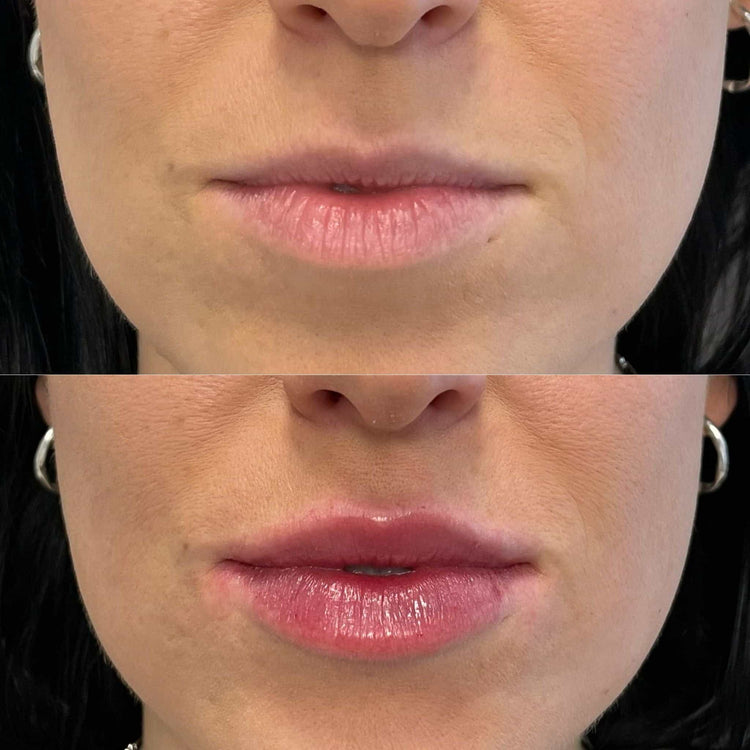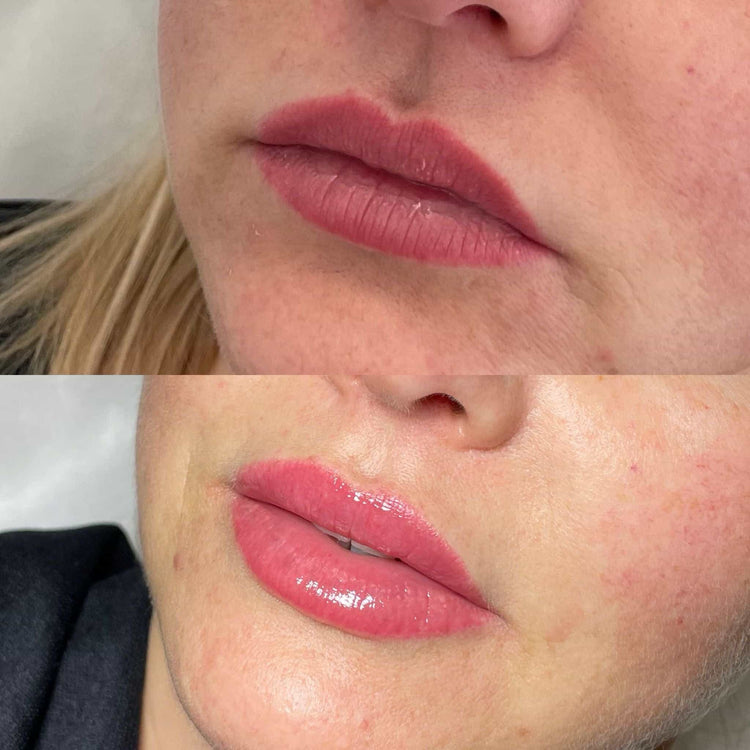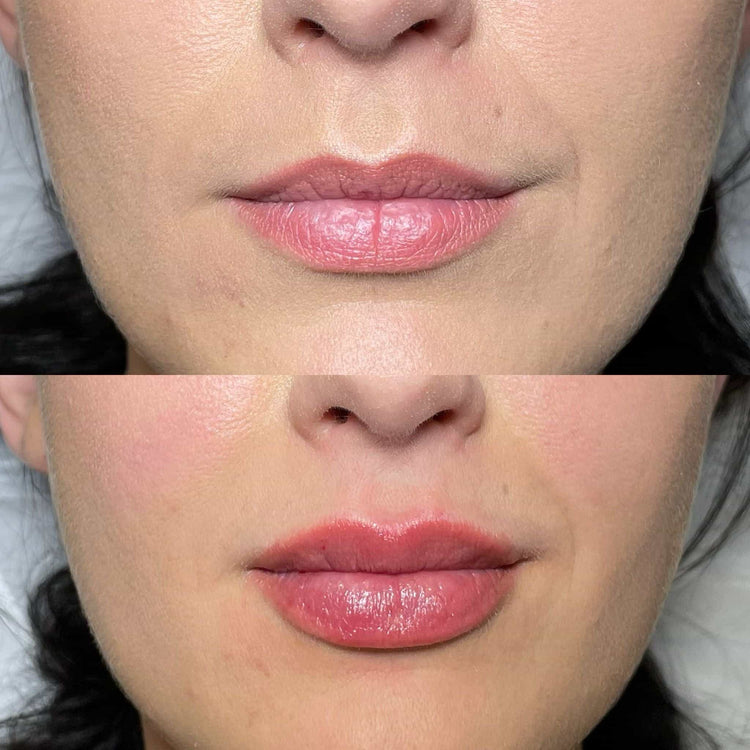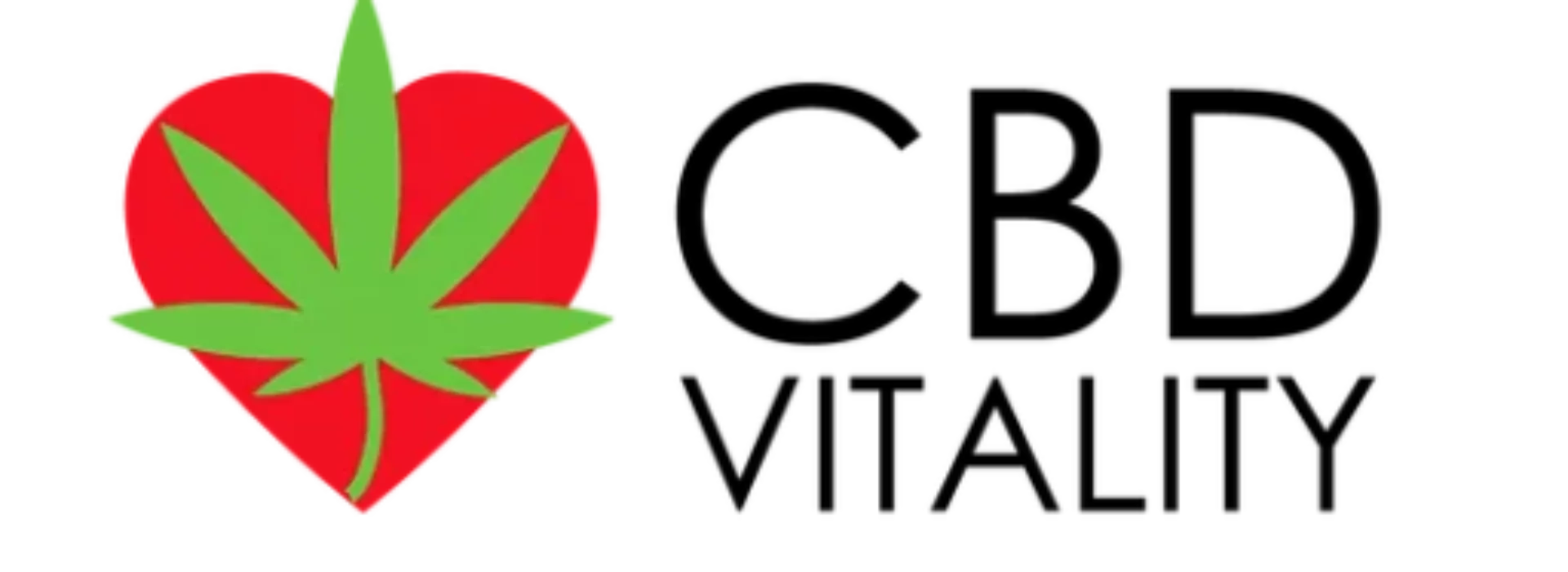Signs of Infection
Lip fillers can enhance your appearance, but complications can arise if not administered or cared for properly. Recognizing the signs of infection is crucial for timely intervention and preventing further complications.
Redness and Swelling
Redness and swelling are common initial reactions to lip filler injections. However, if this redness and swelling persist or worsen significantly after a few days, it could indicate an infection.
Other signs of infection include pain, tenderness, warmth around the injection site, pus formation, and fever.
Pain and Tenderness
Pain and tenderness are common sensations following lip filler injections, but if these sensations intensify or become persistent, they may signal a complication.
Aching, throbbing, or shooting pain around the injection site, accompanied by increased sensitivity to touch, can be red flags. It’s important to differentiate normal post-procedure discomfort from concerning pain levels.
Pus or Discharge
Lip fillers can enhance your appearance, but complications can arise if not administered or cared for properly. Recognizing the signs of infection is crucial for timely intervention and preventing further complications.
Redness and swelling are common initial reactions to lip filler injections. However, if this redness and swelling persist or worsen significantly after a few days, it could indicate an infection.
Other signs of infection include pain, tenderness, warmth around the injection site, pus formation, and fever.
Pain and tenderness are common sensations following lip filler injections, but if these sensations intensify or become persistent, they may signal a complication.
Aching, throbbing, or shooting pain around the injection site, accompanied by increased sensitivity to touch, can be red flags. It’s important to differentiate normal post-procedure discomfort from concerning pain levels.
Pus or discharge near the injection site is a definite sign of infection.
- Increased warmth around the injection site may indicate inflammation.
- Fever can suggest a more widespread infection.
Fever
Redness and swelling are common initial reactions to lip filler injections. However, if this redness and swelling persist or worsen significantly after a few days, it could indicate an infection.
Other signs of infection include pain, tenderness, warmth around the injection site, pus formation, and fever.
Pain and tenderness are common sensations following lip filler injections, but if these sensations intensify or become persistent, they may signal a complication.
Aching, throbbing, or shooting pain around the injection site, accompanied by increased sensitivity to touch, can be red flags. It’s important to differentiate normal post-procedure discomfort from concerning pain levels.
Pus or discharge near the injection site is a definite sign of infection.
- Increased warmth around the injection site may indicate inflammation.
- Fever can suggest a more widespread infection.
Signs of Allergic Reaction

Understanding potential complications after lip filler injections is essential for ensuring a safe and successful procedure. Recognizing early signs of an allergic reaction is crucial, as it allows for prompt treatment to minimize adverse effects.
Itching or Hives

Itching or hives can be indicators of an allergic reaction to lip fillers. These reactions typically appear shortly after the injection and may manifest as raised, red welts on the skin.
If you experience itching or hives after a lip filler procedure, it is important to seek medical attention promptly.
Swelling Beyond the Injection Site
Swelling beyond the immediate injection site can be a sign of an allergic reaction or other complication. If swelling spreads significantly or doesn’t subside within a few days after the procedure, it’s important to consult a healthcare professional.
Itching, redness, or skin rashes that extend beyond the area where the filler was injected can also indicate an allergic response. These reactions may appear shortly after the procedure or develop gradually over time.
Difficulty Breathing or Swallowing
Difficulty breathing or swallowing can be signs of a severe allergic reaction to lip fillers. These are medical emergencies requiring immediate attention.
If you experience these symptoms, seek emergency medical care immediately.
Signs of Vascular Occlusion
Vascular occlusion is a serious complication that can occur after lip filler injections. It occurs when a blood vessel is blocked, preventing blood flow to the surrounding tissues. Recognizing the signs of vascular occlusion is crucial for prompt treatment and minimizing potential damage.
Blueish or Purplish Discoloration
Blueish or purplish discoloration around the injection site can be a sign of vascular occlusion. This discoloration, known as cyanosis, indicates that oxygen-deprived blood is pooling in the affected area due to restricted blood flow.
Numbness or Tingling
Numbness or tingling in the lips or surrounding areas after lip filler injections can be a warning sign of vascular occlusion. This occurs when a blood vessel supplying the area is blocked, interrupting normal blood flow.
Other signs to watch for include paleness, coldness, and pain in the affected area.
Loss of Sensation
Vascular occlusion is a serious complication that can occur after lip filler injections. It occurs when a blood vessel is blocked, preventing blood flow to the surrounding tissues. Recognizing the signs of vascular occlusion is crucial for prompt treatment and minimizing potential damage.

Blueish or purplish discoloration around the injection site can be a sign of vascular occlusion. This discoloration, known as cyanosis, indicates that oxygen-deprived blood is pooling in the affected area due to restricted blood flow.
- Numbness or tingling in the lips or surrounding areas after lip filler injections can be a warning sign of vascular occlusion. This occurs when a blood vessel supplying the area is blocked, interrupting normal blood flow.
- Other signs to watch for include paleness, coldness, and pain in the affected area.
Signs of Asymmetry and Uneven Results
Asymmetry can occur when lip filler is not evenly distributed during injection. This can result in one lip appearing larger or differently shaped than the other. Uneven results can also manifest as lumps or bumps, which may indicate that the filler has migrated outside of the intended area.
Bulging or Lumps
Asymmetry can occur when lip filler is not evenly distributed during injection. This can result in one lip appearing larger or differently shaped than the other. Uneven results can also manifest as lumps or bumps, which may indicate that the filler has migrated outside of the intended area.
Asymmetrical Lip Shape
Asymmetry can occur when lip filler is not evenly distributed during injection. This can result in one lip appearing larger or differently shaped than the other. Uneven results can also manifest as lumps or bumps, which may indicate that the filler has migrated outside of the intended area.
Asymmetrical lip shape can be a sign that the filler was not injected evenly. One lip might appear fuller than the other, creating an imbalance.
Uneven Volume Distribution
Asymmetry can occur when lip filler is not evenly distributed during injection. This can result in one lip appearing larger or differently shaped than the other. Uneven results can also manifest as lumps or bumps, which may indicate that the filler has migrated outside of the intended area.
Asymmetry can occur when lip filler is not evenly distributed during injection. This can result in one lip appearing larger or differently shaped than the other. Uneven results can also manifest as lumps or bumps, which may indicate that the filler has migrated outside of the intended area.
Asymmetry can occur when lip filler is not evenly distributed during injection. This can result in one lip appearing larger or differently shaped than the other. Uneven results can also manifest as lumps or bumps, which may indicate that the filler has migrated outside of the intended area.
Asymmetrical lip shape can be a sign that the filler was not injected evenly. One lip might appear fuller than the other, creating an imbalance.
Other Complications
Beyond infection and allergic reactions, other complications can arise from lip filler procedures. Asymmetry, for example, occurs when the filler isn’t evenly distributed, leading to one lip appearing larger or differently shaped than the other. Lumps or bumps may also form if the filler migrates outside the intended area.
Granulomas (Small, Nodular Growths)
Other complications that can arise from lip filler injections include granulomas. Granulomas are small, nodular growths that can form in response to foreign substances, such as filler material.
These growths typically appear as firm bumps under the skin near the injection site and may be accompanied by redness or tenderness.
Seeking Medical Attention
Lip fillers can enhance your appearance, but complications can arise if not administered or cared for properly. Recognizing the signs of infection is crucial for timely intervention and preventing further complications.
Redness and swelling are common initial reactions to lip filler injections. However, if this redness and swelling persist or worsen significantly after a few days, it could indicate an infection.
Other signs of infection include pain, tenderness, warmth around the injection site, pus formation, and fever.
Pain and tenderness are common sensations following lip filler injections, but if these sensations intensify or become persistent, they may signal a complication.
Aching, throbbing, or shooting pain around the injection site, accompanied by increased sensitivity to touch, can be red flags. It’s important to differentiate normal post-procedure discomfort from concerning pain levels.
Pus or discharge near the injection site is a definite sign of infection.
- Increased warmth around the injection site may indicate inflammation.
- Fever can suggest a more widespread infection.
Understanding potential complications after lip filler injections is essential for ensuring a safe and successful procedure. Recognizing early signs of an allergic reaction is crucial, as it allows for prompt treatment to minimize adverse effects.
Itching or hives can be indicators of an allergic reaction to lip fillers. These reactions typically appear shortly after the injection and may manifest as raised, red welts on the skin.
If you experience itching or hives after a lip filler procedure, it is important to seek medical attention promptly.
Swelling beyond the immediate injection site can be a sign of an allergic reaction or other complication. If swelling spreads significantly or doesn’t subside within a few days after the procedure, it’s important to consult a healthcare professional.
Itching, redness, or skin rashes that extend beyond the area where the filler was injected can also indicate an allergic response. These reactions may appear shortly after the procedure or develop gradually over time.
Difficulty breathing or swallowing can be signs of a severe allergic reaction to lip fillers. These are medical emergencies requiring immediate attention.
If you experience these symptoms, seek emergency medical care immediately.
Vascular occlusion is a serious complication that can occur after lip filler injections. It occurs when a blood vessel is blocked, preventing blood flow to the surrounding tissues. Recognizing the signs of vascular occlusion is crucial for prompt treatment and minimizing potential damage.
Blueish or purplish discoloration around the injection site can be a sign of vascular occlusion. This discoloration, known as cyanosis, indicates that oxygen-deprived blood is pooling in the affected area due to restricted blood flow.
Numbness or tingling in the lips or surrounding areas after lip filler injections can be a warning sign of vascular occlusion. This occurs when a blood vessel supplying the area is blocked, interrupting normal blood flow.
Other signs to watch for include paleness, coldness, and pain in the affected area.
Vascular occlusion is a serious complication that can occur after lip filler injections. It occurs when a blood vessel is blocked, preventing blood flow to the surrounding tissues. Recognizing the signs of vascular occlusion is crucial for prompt treatment and minimizing potential damage.
Blueish or purplish discoloration around the injection site can be a sign of vascular occlusion. This discoloration, known as cyanosis, indicates that oxygen-deprived blood is pooling in the affected area due to restricted blood flow.
- Numbness or tingling in the lips or surrounding areas after lip filler injections can be a warning sign of vascular occlusion. This occurs when a blood vessel supplying the area is blocked, interrupting normal blood flow.
- Other signs to watch for include paleness, coldness, and pain in the affected area.
Asymmetry can occur when lip filler is not evenly distributed during injection. This can result in one lip appearing larger or differently shaped than the other. Uneven results can also manifest as lumps or bumps, which may indicate that the filler has migrated outside of the intended area.
Other complications that can arise from lip filler injections include granulomas. Granulomas are small, nodular growths that can form in response to foreign substances, such as filler material.
These growths typically appear as firm bumps under the skin near the injection site and may be accompanied by redness or tenderness.
Get fuller, natural-looking lips, book with Dr. Laura Geige at It’s Me & You Clinic
- Skin Treatment & Skincare Consultations Near West Clandon, Surrey - November 10, 2025
- Why Does My Face Look Weird After Cheek Fillers? - November 5, 2025
- What Is The Cheapest Facelift? - November 2, 2025
